Analysis: Ash Barty will be a tough act to follow
Simon Cambers looks at the surprise retirement of the Australian at the age of 25, her impact on the sport and the void she leaves at the top of the women’s game
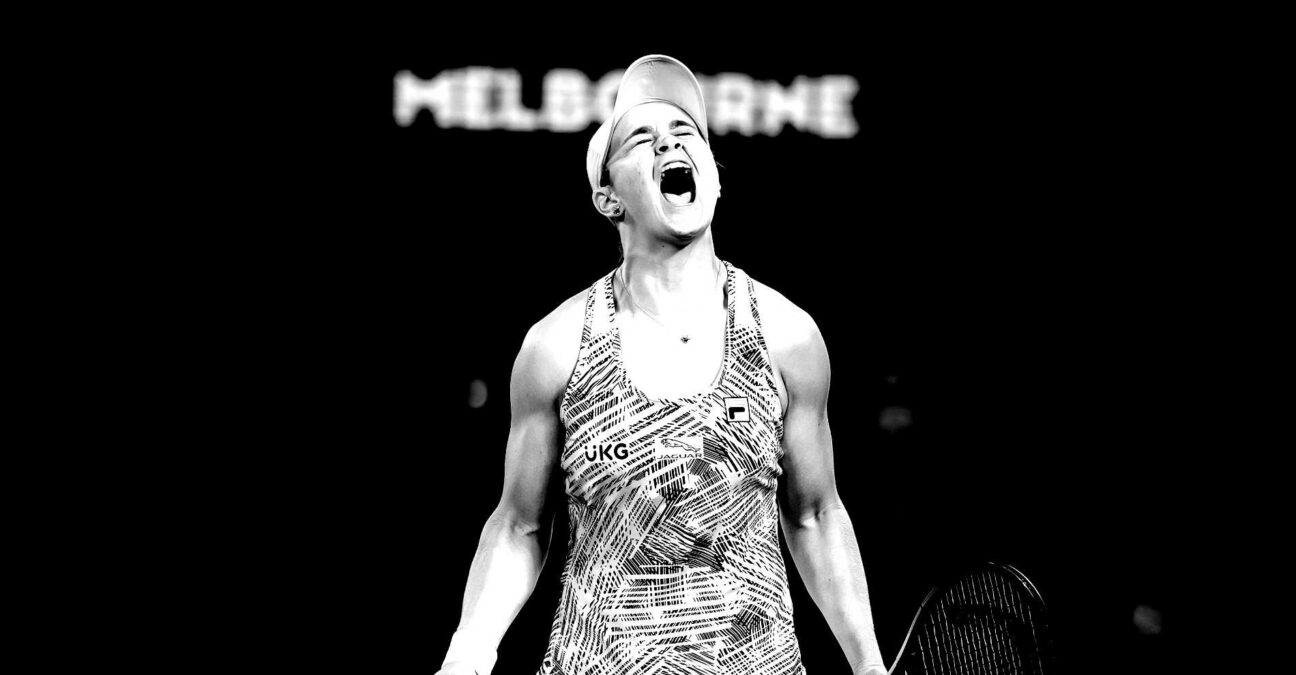 Ashleigh Barty, Melbourne, 2022 © © Rob Prange/AFP7 via ZUMA Press Wire / Panoramic
Ashleigh Barty, Melbourne, 2022 © © Rob Prange/AFP7 via ZUMA Press Wire / Panoramic
The announcement that world No 1 Ash Barty is to retire from professional tennis came as an enormous surprise to most people around the world, with the exception of close family, friends and coaching team.
The 25-year-old asserted that she is “spent” and does not have the desire to push herself anymore, having achieved her lifelong dream in winning Wimbledon last summer and then, in January, become an even bigger hero on home soil when she became the first Australian to win the Australian Open since 1978.
Leaving on her terms, at the very top of the game as the undisputed world No 1 is something very few players get the chance to do. When she won in Melbourne less than two months ago, it seemed as if Barty was all set to dominate the women’s game for the forseeable future. She would have been favourite at Roland-Garros and probably odds-on with the bookmakers to retain her title at Wimbledon.
But Barty has always done things her way and in that sense, the manner of her announcement and the retirement itself is classic Ash. As she said, she has other dreams to chase.

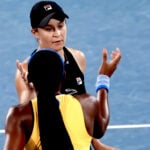

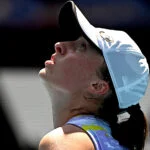
Barty’s legacy: Greatness is about more than just power
Her legacy is assured. At 5ft 5in, few people would have expected Barty to have the physicality required to match some of the bigger, taller, stronger women who serve harder and hit harder from the baseline. But Barty was unique in the modern game in that she could do it all. From a young age, her first coach, Jim Joyce, taught her the lot, from a kick serve to the sliced backhand that would do so much damage. “He told me, mate, if you’re going to play this game, you need to learn every shot.”
While some of the leading women were outstanding from the baseline, or where others possessed outstanding serves, Barty had everything. I interviewed Barty at the start of 2018, a couple of years after she had returned to tennis and she explained why her game style was so right for her.
In the right hands, guile can be a match for sheer power.
“It’s very enjoyable for me,” she said. “In my mind it’s the only way to play tennis. I love going out there and being a little bit different to everyone else, and trying to use that variety to try to break down opponents and bring it back to the way I wanted to play. It took me a long time to have the belief and courage to do it.
Her style of play was unique on the women’s Tour in her era. Few players looked more at home at the net than Barty, whose smash was outstanding, while her forehand was a weapon, her movement superb, her temperament impeccable and her ability to figure things out on court, in difficult moments, unmatched. And her sliced backhand, reminiscent of Steffi Graf, showed everyone that you don’t need to hit flat and hard on both wings to succeed. In the right hands, guile can be a match for sheer power.
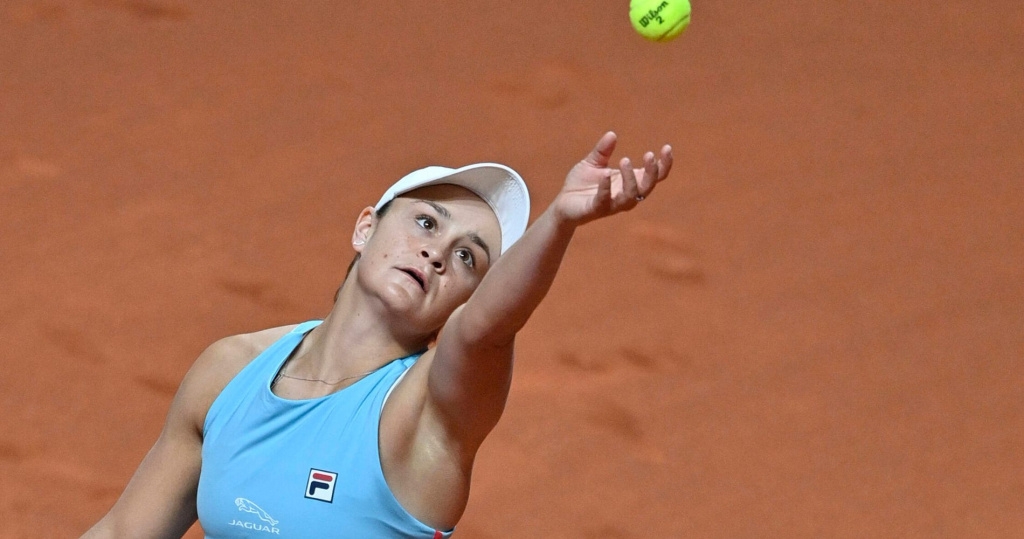
So it took me a lot of courage and Jim giving me that belief and confidence to keep playing the way I wanted to play
Ash Barty
She also punched above her weight on serve; in 2021, she was third in terms of percentage of points won on first serve, first in points won on second serve and second in service games won. To date in 2022, she’s first in points won on first serve and first in service games won.
% of 1st serve points won:
2021: 3rd
2022: 1st
% of 2nd serve points won:
2021: 1st
2022: 4th
% Service games won:
2021: 2nd
2022: 1st
“I was very small when I was younger and used to get beaten by a lot of bigger, stronger girls. So it took me a lot of courage and Jim giving me that belief and confidence to keep playing the way I wanted to play,” Barty said in 2018. “When you’re young, all you want to do is win, it’s all about winning, winning, winning, but Jim was very patient, and gave me a lot of confidence to keep chipping away and work at my game.”
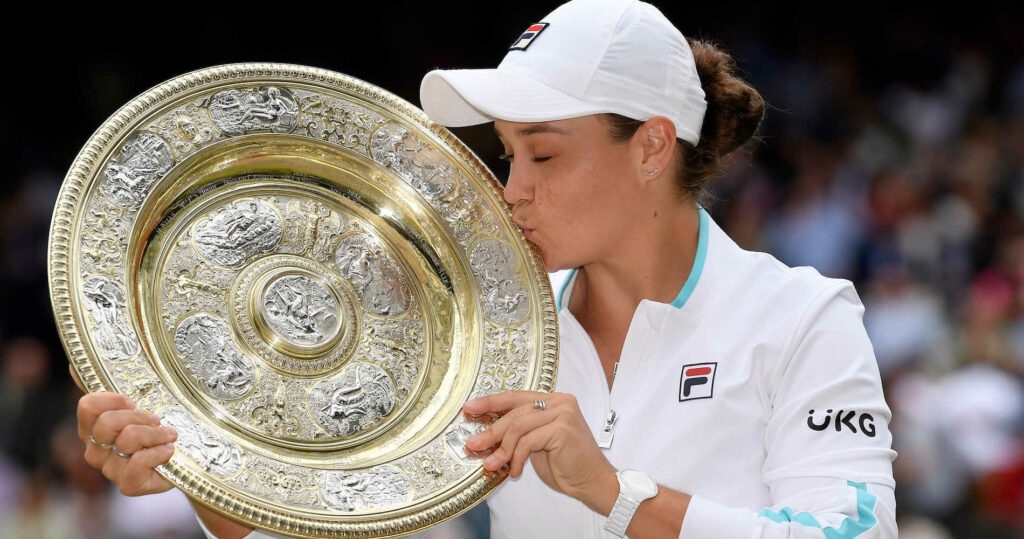
Void at the top: Next No 1 has big shoes to fill
Barty leaves the scene having won her last event – a Grand Slam – something only Pete Sampras has done in the modern era. After his remarkable win at the US Open in 2002, Sampras kept everyone hanging for months before making his decision and at 31, when he won in New York, he was already at the end of his career.
Barty leaves the Tour at her absolute peak, with two of the slams to her name and a huge lead at the top of the world rankings, where she sat for 114 straight weeks. Whenever she drops off the rankings, she will leave a race for the top with No 2 Iga Swiatek in pole position to take over but with no one who yet looks likely to dominate as Barty had begun to.
As a quiet, shy person, it’s probably fair to say that Barty was never 100 percent comfortable in the limelight. Whereas some players enjoy everything that goes with being world No 1, from the photo shoots and extra media attention to the inevitable lucrative deals, Barty has always been happier at home, with family and friends, something that was plain during the early days of the pandemic when she stayed at home even as the Tour resumed.
A role model for kids wanting to play tennis
But she will be missed at the top for a number of reasons. Hugely likeable, she had many friends on the Tour, as evidenced by the reaction when she won her first Grand Slam title at the French Open in 2019 and again, even more so, when she announced her retirement on Wednesday.
She was also a perfect role model for kids wanting to play tennis, showing them that anyone can fulfil their dreams, even if they’re not blessed with height and natural power.
Rightly proud of her Aboriginal roots, Barty blazed a trail where Evonne Goolagong had gone before her and is the latest in the line of Australian Grand Slam champions. Down to earth and humble, she worked as hard as anyone to get to the top.
She also knew when to step away, when things were tough, in her teens, when to return and when, finally, to step away for good.
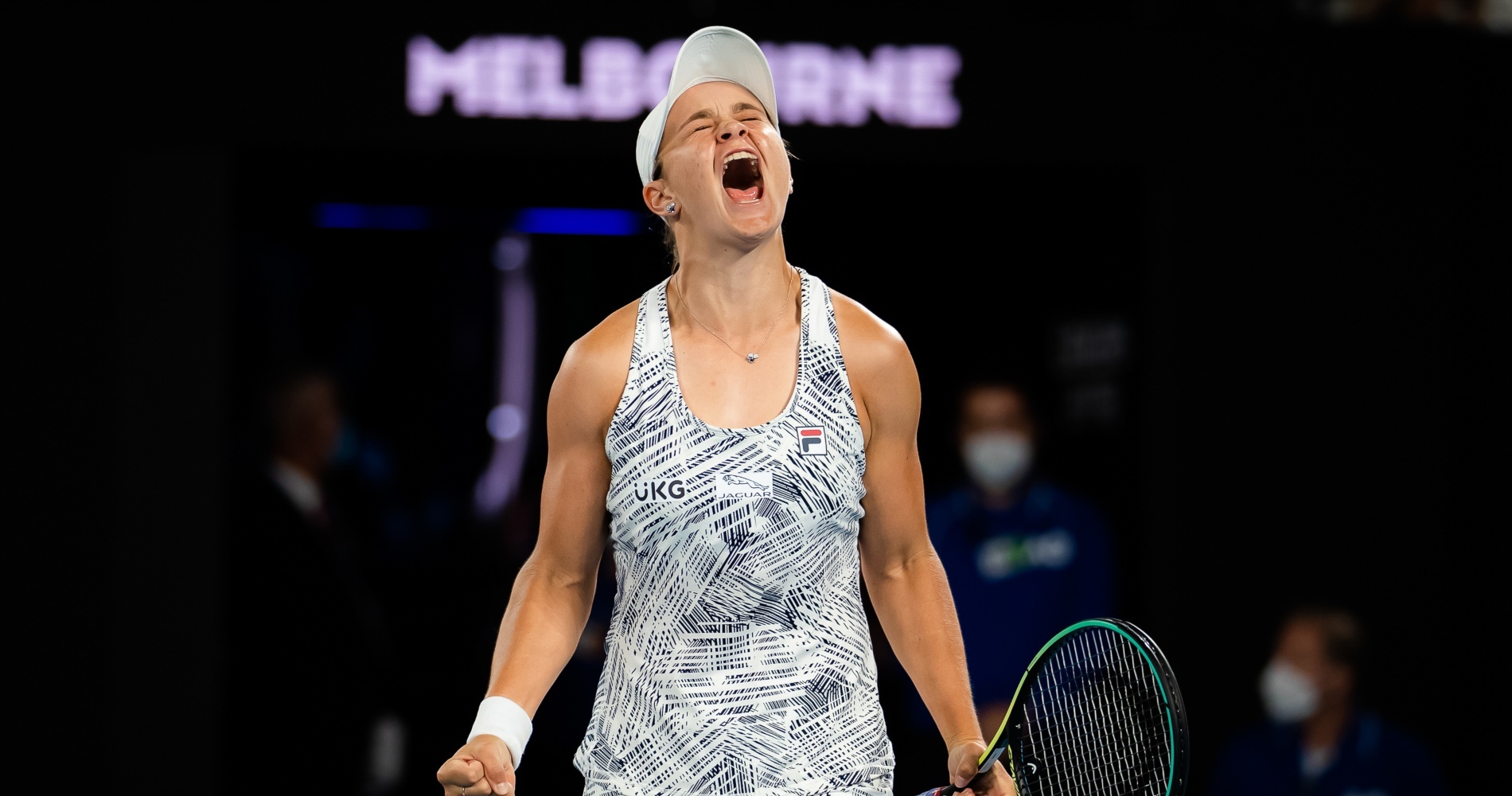
What’s next for Barty? Cricket, golf, family, a comeback?
Her surprise retirement has echoes of Justine Henin, who also quit when she was No 1 in 2008 saying she didn’t feel the same emotions on court anymore. Henin returned to the Tour in 2010 but never quite reached the same heights. Kim Clijsters was not quite 24 when she quit for the first time, only to come back at 26 and win three more slam titles. Martina Hingis also came back to the Tour later after first quitting in 2003, becoming a top-10 player again on her return and winning more slam titles in doubles.
At 25, there is, of course, plenty of time for Barty to come back to the Tour at a later date, if she chooses. A US Open win would complete a career Grand Slam, for example, and might be a pull for her to try again in a few years if the desire returns.
Barty doesn’t need tennis
But unlike the others mentioned above, Barty says she’s fulfilled all her dreams in tennis. With more than $23 million in prize money, she is set for life and doesn’t need tennis, if that’s not what makes her happy anymore.
Maybe she will come back, maybe not. Maybe she’ll return for another go at cricket, having excelled once before. Perhaps she’ll take up golf professionally, having already halved her handicap from 10 to 5 during the pandemic. She now plays off four and someone with her skill would surely have a chance to make it.
And maybe she’ll just fade back into the background, with her fiance Garry Kissick, close to family and friends in the place she loves best. Whatever she does, she leaves behind shoes that won’t be easy to fill.
















